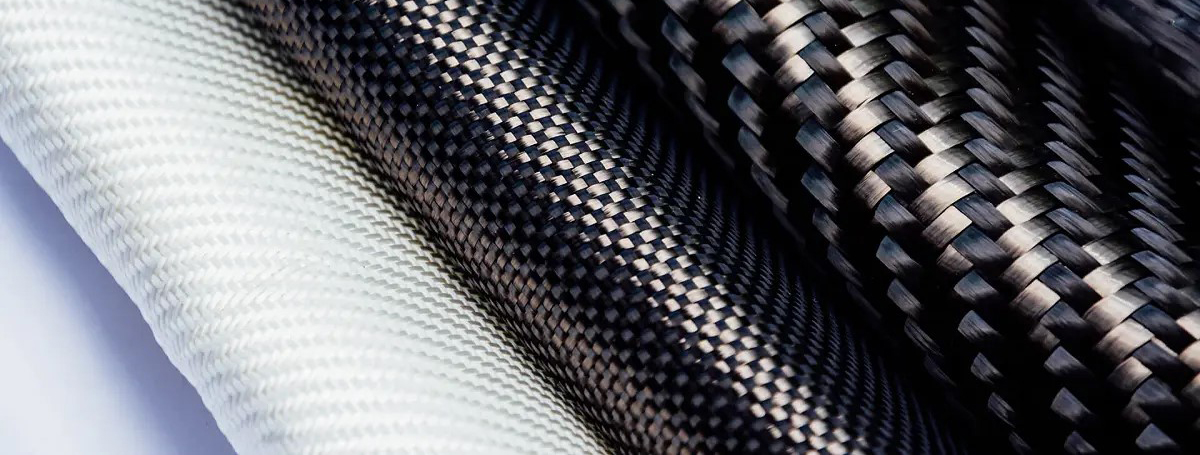
What Is Composite ?
The word "composite" carries the meaning of 'compound' or 'mixture.' It is composed of one or more materials from the same or different groups brought together. This new material, developed through the combination, is preferred in many areas of life due to its 'superior,' 'strong,' 'useful,' 'safe,' and 'practical' usage.Although we use the term composite material more frequently in recent years, its origins date back to around 1500 BC. Egyptians and Mesopotamians used a mixture of mud and straw to create a composite material for building strong and durable structures. In the 1200s AD, the Mongols even invented a composite 'bow' made of two materials.
Composite, CTP, GRP, FRP - What Are They?
CTP, which stands for 'cam elyaf takviyeli plastik' in Turkish, is an abbreviation formed from the initials of the words. Similar abbreviations are used in foreign languages, such as:- In America: GRP (Glass fiber Reinforced Plastic)
- In England: FRP (Fiber glass Reinforced Plastic)
- In France: PRFV (Plastique Renforce de Fibres de Verre)
- In Germany: GFK (Glasfaser Kunstsoffe)
- In Italy: PRFV (Plastici Rinforzati di Fibro di Vetro)
CTP is a high-quality composite engineering material with high mechanical strength due to the fiberglass reinforcement. The process of combining fiberglass with resin can be done using various methods, ranging from simple molding techniques like 'hand lay-up' to more complex 'automated molding techniques.' However, the fundamental principle is to properly 'wet' the fiberglass with the resin. Resins are polymerized through a chemical reaction to become a hard, insoluble, and non-melting substance.
The quality of CTP composite material is directly related to the strength of the bond between the fiberglass and the resin. The physical performance depends on the proportion of fiberglass as the reinforcing material, its distribution within the CTP, and its orientation.
Applications
CTP composite products have a wide range of applications due to their superior physical and chemical properties, including:- Chemical plants
- Water and wastewater treatment facilities
- Food processing plants
- General manufacturing facilities
- Electrical distribution applications
- Marine applications and shipyards
- Coastal and pier applications
- Architectural and construction applications
- Home and garden applications
- Public and commercial applications
- Customized applications
Advantages of CTP Composite Materials
The preference for CTP composite materials is mainly driven by their unique qualities. These qualities can be summarized as follows:- Low weight
- Resistance to corrosion
- Non-conductive
- Low thermal conductivity
- Dimensional stability
- Non-magnetic
- UV resistance
- Ease of fabrication
- Non-recyclable
- No painting or maintenance required
- Available in various colors
- Long-lasting
- Transparency can be achieved
- Chemical and fire resistance can be enhanced
- High load-carrying capacity